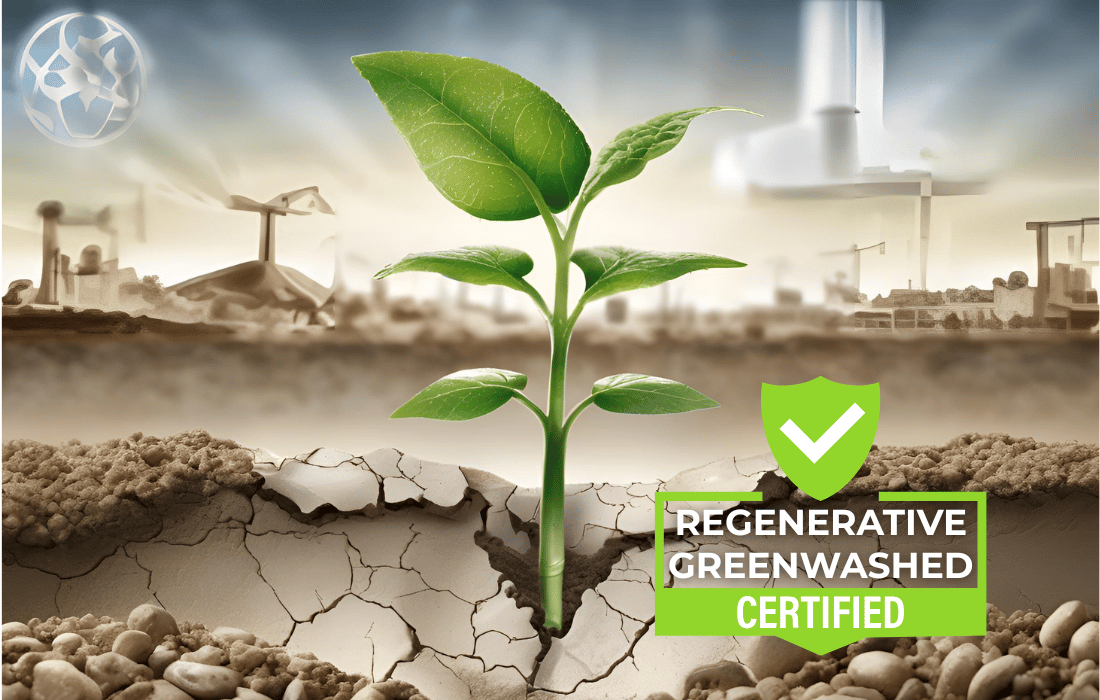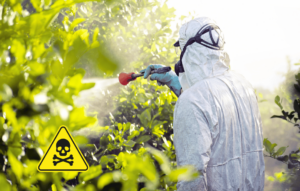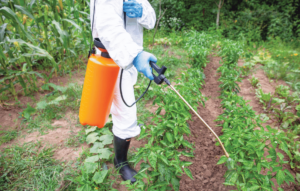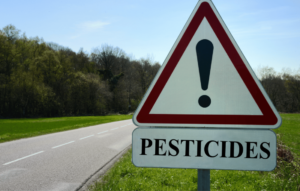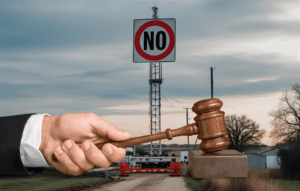It was supposed to be a return to working with the land, not against it. Regenerative agriculture—a practice grounded in the restoration of soil health, ecosystem vitality, and climate resilience—has been promoted as the antidote to chemical-intensive industrial farming. With its rising popularity in books, documentaries, and the political platforms of figures like Robert F. Kennedy Jr., regenerative farming has been embraced as a beacon of hope for a broken food system.
But a growing body of evidence is revealing that the regenerative movement may be headed down a dangerously compromised path. According to a new report from Friends of the Earth (FOE), some of the biggest pesticide manufacturers in the world are using regenerative buzzwords to greenwash the very farming practices responsible for much of today’s soil degradation, water contamination, and chronic disease.
Bayer, Syngenta, and the New Face of “Sustainable”
The report calls out agrochemical giants, namely Bayer and Syngenta, for intertwining their chemical products with regenerative branding. Bayer, which acquired Monsanto in 2018, claims regenerative agriculture is their vision for the future of farming. Their website encourages farmers to “Produce More. Restore Nature.”, all while promoting glyphosate-based herbicides like Roundup, a chemical linked to cancer and environmental harm.
How do they reconcile these contradictions? By shifting the definition of regeneration itself.
Redefining Regeneration
At the heart of this strategy is “no-till” farming—a core pillar of regenerative practices meant to protect the soil biome. Traditionally, tillage destroys the structure of the soil, releases carbon, and disrupts microbial life. So, reducing tillage is a worthy goal.
But here’s the catch: instead of tilling, chemical companies recommend spraying herbicides and pesticides, especially glyphosate, to suppress weeds. According to FOE’s analysis, more than 93% of no-till corn and soy acreage in the U.S. relies on toxic pesticides. Even more shocking, one-third of all pesticide use in the U.S. is tied directly to these no-till systems.
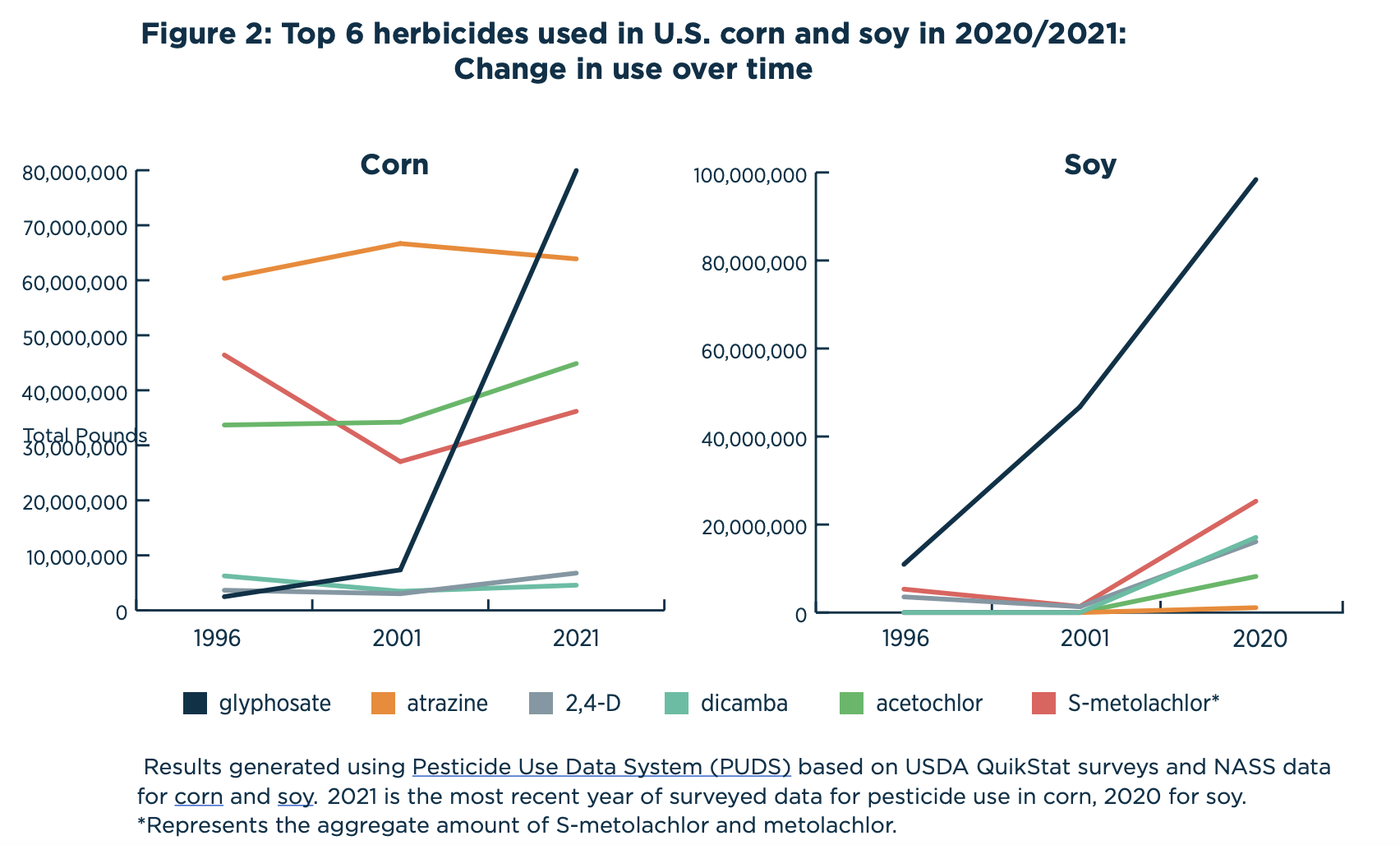
And it’s not just glyphosate. These systems often use genetically modified seeds treated with neonicotinoids, insecticides known to kill pollinators and disrupt insect biodiversity. The same systems often rely on synthetic nitrogen fertilizers, which emit nitrous oxide, a greenhouse gas nearly 300 times more potent than CO2.
The Greenwashing Game
What we’re seeing is a sleight of hand.
Farmers are being paid to adopt these practices. Bayer offers up to $12 per acre to incentivize farmers to combine “regenerative” elements like cover cropping with continued chemical use. It’s regeneration with an asterisk.
Meanwhile, pesticide-laced fields are being rebranded as eco-friendly, nutrient-rich, climate-resilient farming systems. But FOE argues this is textbook greenwashing: wrapping destructive practices in a fresh, feel-good vocabulary.
And it’s not just Bayer. Syngenta, another global agrochemical player, has entered into partnerships with companies like PepsiCo to support “regenerative transitions”. These partnerships are light on transparency and heavy on marketing.
The result? Consumers are misled. Farmers are boxed into a chemically dependent system with the illusion of progress. And the term “regenerative” is slowly losing its meaning.
Regenerative vs. Organic: A Growing Rift
While regenerative agriculture has surged in popularity, the established organic movement is sounding the alarm. Organic farming, governed by USDA certification standards for over 30 years, strictly prohibits synthetic pesticides and fertilizers.
Gary Hirshberg, chairman of Organic Voices, didn’t mince words: “It is scientifically and ethically disingenuous to claim to be regenerating soil while you are using synthetic chemicals.”
Organic advocates argue that letting chemically treated crops carry a regenerative label erodes public trust and allows corporations to sidestep the stricter standards that organic farmers have followed for decades.
And they’re not wrong to worry. Unlike organic, regenerative agriculture lacks a federally enforced definition or regulatory body. This opens the door for corporations to define the term in a way that suits their bottom line, not the planet.
Scientists Weigh In: Which Is Worse—Tillage or Chemicals?
Not everyone agrees on the solution.
Some soil scientists argue that no-till, even with herbicides, is less destructive than aggressive tillage. Dr. Andrew Margenot from the University of Illinois claims the benefits of no-till for soil carbon outweigh the risks of limited herbicide use.
But the FOE report pushes back with hard numbers: the carbon emissions tied to pesticide and fertilizer use in no-till systems rival those of 11.4 million cars. And the impact goes beyond emissions.
Pesticides like glyphosate and neonicotinoids are known to:
Disrupt the gut microbiome
Contribute to infertility
Harm pollinators
Kill beneficial insects and fungi crucial for soil health
Increase risk of neurological and endocrine disorders
If regenerative agriculture depends on those chemicals, are we really regenerating anything at all?
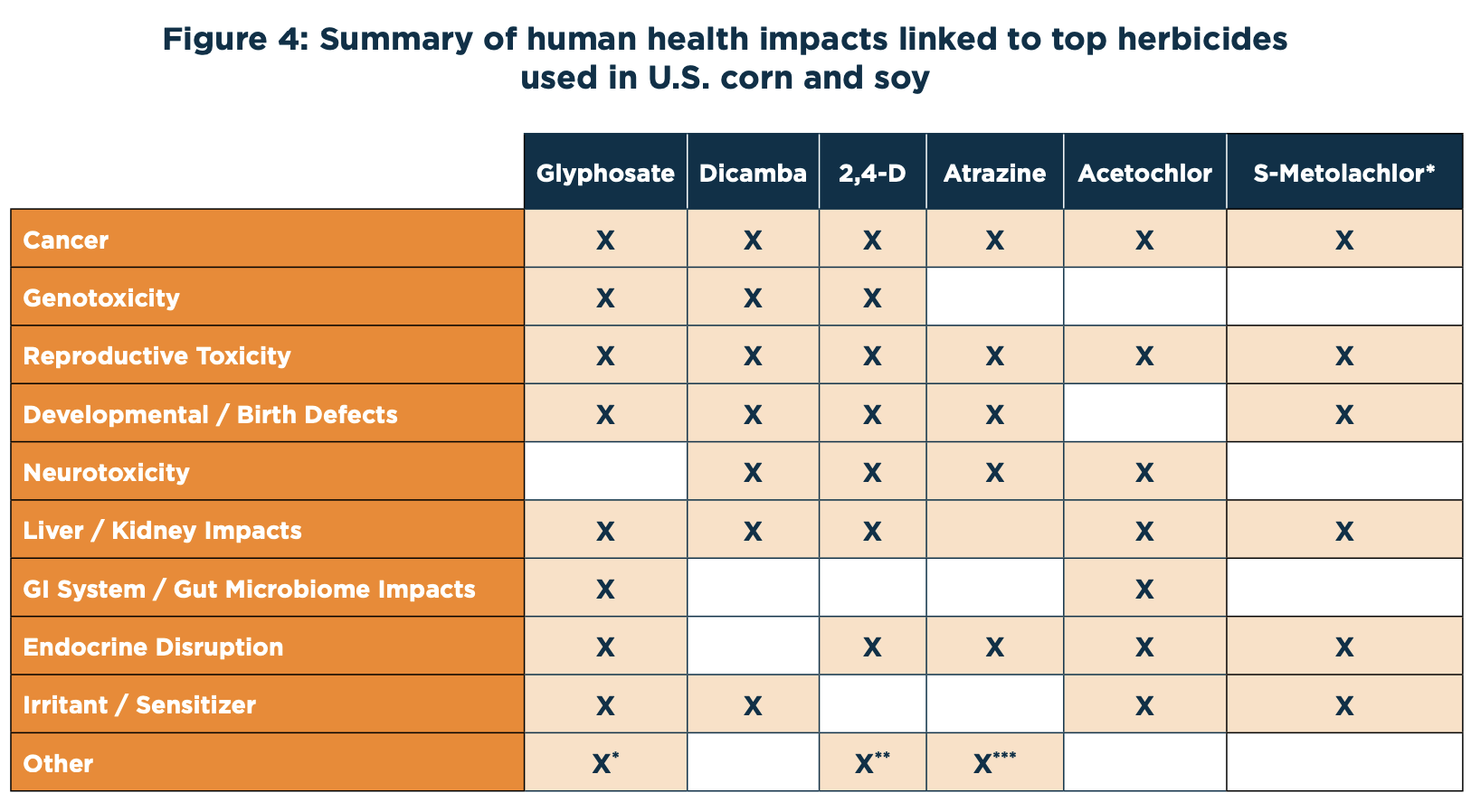
What’s Really Regenerative?
True regenerative agriculture isn’t a single method—it’s a mindset. It’s a systems-based approach that considers the health of soil, biodiversity, animals, and humans.
Gabe Brown, a North Dakota farmer and one of the most prominent voices in the regenerative movement, agrees. He founded Regenified, a certification company guiding farmers toward full-spectrum regenerative practices. For him, tillage or no-tillage is only part of the picture.
“One cannot claim that no-tilling alone will make a farm regenerative just like one cannot say that organic, alone, is regenerative,” Brown said.
Instead, true regenerative agriculture may include:
Cover cropping to build organic matter
Rotational grazing to mimic natural ecosystems
Composting and animal integration for natural fertilization
Minimal or no synthetic inputs
Agroecological weed and pest management
Multi-species planting to increase biodiversity
The end goal? To eliminate the chemical dependency altogether, not just swap one form of degradation for another.
The Role of Policy and Profit
It’s also important to recognize why farmers choose chemical-intensive no-till in the first place. It’s what the system rewards.
Federal crop subsidies, insurance models, and ag-tech partnerships often support high-input monoculture systems. These incentives don’t prioritize biodiversity or nutrient density. They prioritize yield, speed, and scale.
So when Bayer or Syngenta offers a regenerative incentive program, it may look like progress. But it’s just a rebranding of business as usual. To truly support regenerative transformation, public policies must shift to reward farmers for reducing agrochemicals, protecting pollinators, and investing in long-term soil regeneration.
FOE’s Call to Action
The report concludes with bold recommendations:
Redefine Regenerative: Any label—government or private—should prioritize dramatic reductions in agrochemical use.
Redirect Funding: Congress should increase funding for organic and ecological farming methods.
Phase Out Toxic Inputs: Food companies must commit to measurable pesticide reduction goals across their supply chains.
Public Awareness: Consumers must understand that not all “regenerative” labels are created equal.
Incentivize Innovation: Invest in non-chemical weed and pest management research to free farmers from the pesticide treadmill.
Final Thoughts: The Soil Can’t Speak, But We Can
We’re at a crossroads. Regenerative agriculture can either become a genuine movement toward ecological healing or a hollow slogan repurposed by corporations to sell more chemicals.
The science is clear: pesticides and biodiversity don’t mix. Synthetic fertilizers and microbial health are at odds. No amount of clever rebranding can change that.
If we want real regeneration, we have to support systems that regenerate, not just rhetoric that markets well.
Because at the end of the day, soil doesn’t care what your label says. It responds to what you put into it.
And if that’s poison, no catchy slogan will save us.
The path forward must include a collective reassessment of what regeneration means and who defines it. Farmers deserve support to make true shifts. Consumers deserve clarity. And the earth, quite frankly, deserves better than greenwashed promises dressed up in soil-friendly soundbites.

